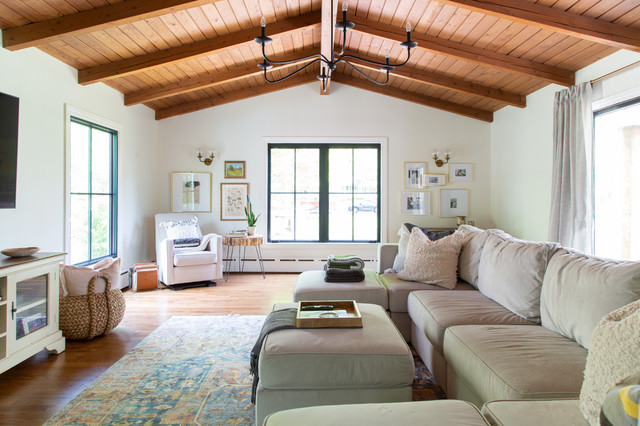Attic conversions are among the most popular home improvement projects nowadays. Converting your attic can give you more living space, boost your home’s value, and provide more storage solutions. This project is also ideal for homeowners who want to take advantage of their neighborhneighborhood’s views while increasing the house’s energy house’s.

You can turn your old attic into a new study or home office area, an additional bedroom, a playroom, and more. But before you get excited about starting the attic conversion, we suggest you first note the tips in today’s guide.
1. Safety and codes
Today’s different practices or norms that you can use as a guide to finish your attic. First, having a professional citator or engineer look at your space is crucial. Such experts can inspect if the framing and foundation of the house can support the additional load the project might put off. Some codes require at least half of the space to be as high as seven feet, with a minimum of 70 square feet and seven feet wide.
Talk to a local building official or contractor about what requirements will apply to your chosen conversion. Moreover, you’d also want to account for the you’d access. For instance, you canattic’ser a switchback layout for a staircase, ideal for fitting in spots when a straight run won’t.
2. Waterproofing
Moist infiltrant can ruin your attic space and your entire home. Attics are familiar sources of moisture problems, so it’s imperative to waterproof them properly. This will recite you to find potential or existing leaks and then repair and seal them, stopping water from entering your living space. Look for mildew or mold stains on your ceilings or roofing panels.
If you find any sign of moisture in the attic, you can apply a waterproofing compound or get a dehumidifier to solve the issue. You’d also want to expect your plumbing pipes for leaks to pYou’dt mildew and mold from forming and ruining your insulation. You can use a foam pipe wrap to insulate the pipes and protect your insulation.
3. Ventilation
Of course, you’ll need to plan for the ventilation of the attic space if you wayou’llmake it habitable and comfortable. Generally, there are two major vents: the hot air exhaust vents (the one that allows hot air to escape) and the intake vents (responsible for allowing the cool air to enter the room). Proper ventilation is not only ideal for saving energy; it can also affect the performance of your air-conditioning system. It helps your AC to perform better, leaving the attic space more comfortable to stay at.
If your AC still finds it hard to work efficiently despite having the vents call on a local AC contractor to inspect or repair it. Or, you can readily get them to check your AC even before setting up your ducts to avoid the hassle. Most of these experts are also knowledgeable about a room’s cooling and heating requirements so that you can conveniently ask them related questions.
4. Roof framing
Framing your attic’s roof is necessary for aesthetics, purpose, and insulation. For instance, ifattic’snt to convert the loft into an extra living area, you can use special trussers or rafters to create more open space under the roof’s peak. Traditional trussers have web or supports, making them unsuitable for roof’silable space attic conversion. The problem is you’ll need to rebuild your roof if you have this type of framing. They can’t be easily altereyou’llut off when you want to, or you’ll be messing up the roof structcan’tAnother factor to consider is the insulation space you’ll be framing. Dependinroof’sour region or state, there are building code requirements regarding the depth of insulation that trussers or rafters should provide. Check with your local building authority for the building guidelines. Generally, you can increase your roof framing depth to accommodate proper insulation without significant structural changes. However, framing can sacrifice your headroom.
Finishing an attic is serious work that requires money, time, and effort. But considering the factors on this list, you can quickly convert your attic without much hassle. Don’t hesitate to hire a professional contractor to guarantee the quality and success of the project. Be creative, don’t the tips, and create a new functional space for your family today.




